Learn electricity and electronics fundamentals and up-to-date applications―all without taking a formal course
This fully updated guide offers practical, easy-to-follow instruction on electricity and electronics. Written by a pair of experienced instructors, Teach Yourself Electricity and Electronics, Seventh Edition features plain language explanations and step-by-step lessons that make it easy to understand the material quickly. Throughout, detailed illustrations and practical examples reinforce key concepts. This new edition brings the book up to date with modern electronics and places much more emphasis on the use of Integrated Circuits and practical electronics design. You will also get access to a valuable online exam to test your knowledge and identify areas for further study.
This thoroughly revised seventh edition covers:
- Direct current (DC) circuits
- Electrical units
- Resistors
- Cells and batteries
- Magnetism
- Alternating current (AC) circuits
- Inductors and capacitors
- Phase
- Inductive and capacitive reactance
- Impedance and admittance
- AC power and resonance
- Transformers and impedance matching
- Semiconductors, diodes, and transistors
- Integrated Circuits (ICs)
- Amplifiers and oscillators
- Wireless transmitters and receivers
- Digital circuits
- Microcontrollers, including the Arduino
- Transducers and sensors
- Acoustics and audio
- Antennas for RF communications


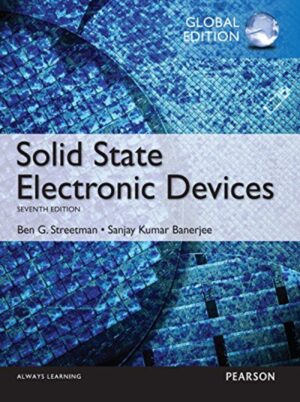
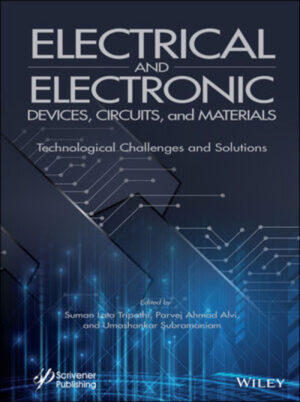
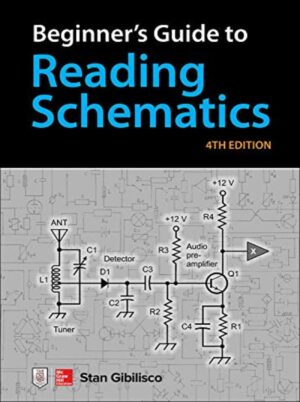
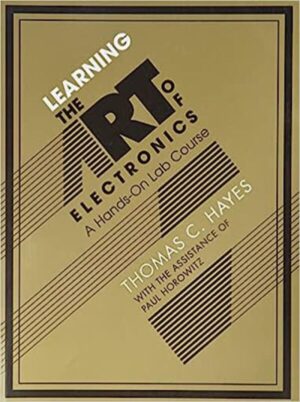
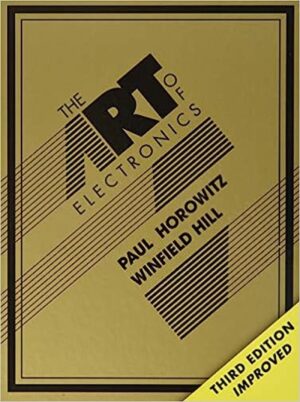
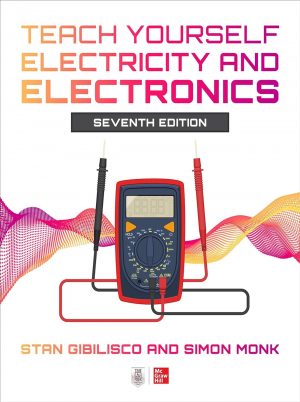
I know a little electronics from high school and decided to refresh / continue my existing knowledge. My experience so far, is the book is mostly theory and it will ask you math based questions without really teaching you the math or giving enough examples. Eg, I can get a question right easily (Multi-choice), doesn't mean I understand it. Conversions also tend to be a little painfully explained and expect you to know it by chapter 2, otherwise reference it.
The only real disappointments:
- I find myself using the book as a reference to learn more quickly & effectively online; and
- It does not come with a couple formula sheets (Eg a book mark, end of chapter summary, and a page with all formulas).
I personally would not pick it up at full price, hence, is why I bought it used.
There is a lot of mathematics and equations, but that's to be expected.
This is written for the US market, so schematic symbols differ from those used in UK or EU, but that's a minor issue. AC mains voltage also differs.
I recommend this to anyone learning electronics or aiming to build on existing knowledge.
The writing is clear and fairly terse, with a lot of practical notes (engineers usually do/say X). I feel the very light treatments of anecdote or history show the authors have great respect for the reader's time and attention and they do a great job presenting the information concisely and then moving on to the next topic. I have further questions about some topics but I think that's good -- this book covers the foundations and I have enough information to learn more on my own.
I started with a paper copy but I got tired of lugging it around (it's huge and weighs a few pounds) so I bought the Kindle version, too, which is also excellent. The tables and diagrams are very easy to read in the Kindle version. Overall this book has been a great resource and I would definitely recommend this book to someone who wants to learn about electronics.
Alla portata di chi da autodidatta, con impegno e costanza, vuole acquisire una solida conoscenza di base di elettrotecnica ed elettronica per poi iniziare a realizzare progetti specifici.
Molto interessanti gli excursus su sistemi in radio frequenza , sistemi audio e microcontrollori.